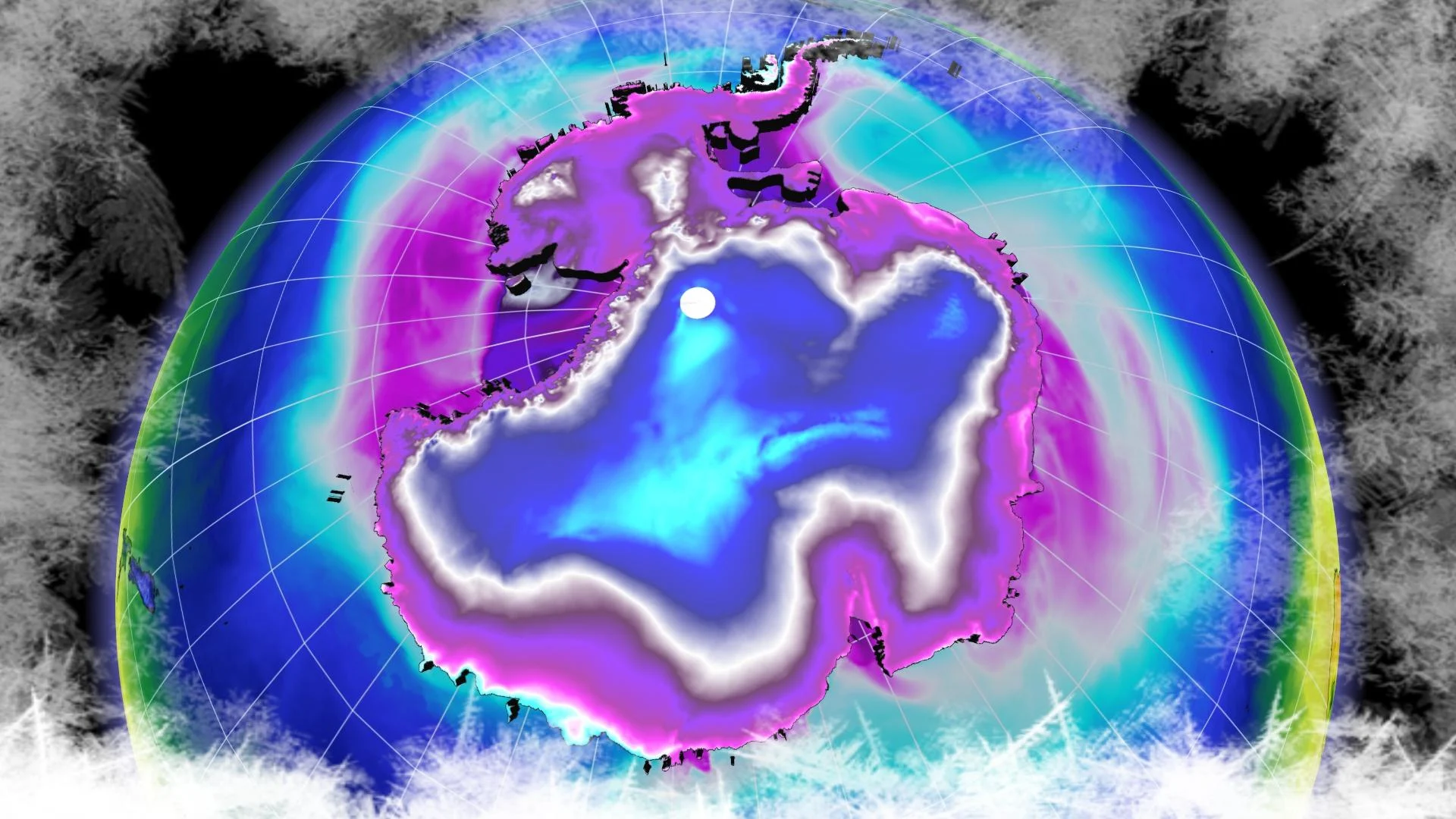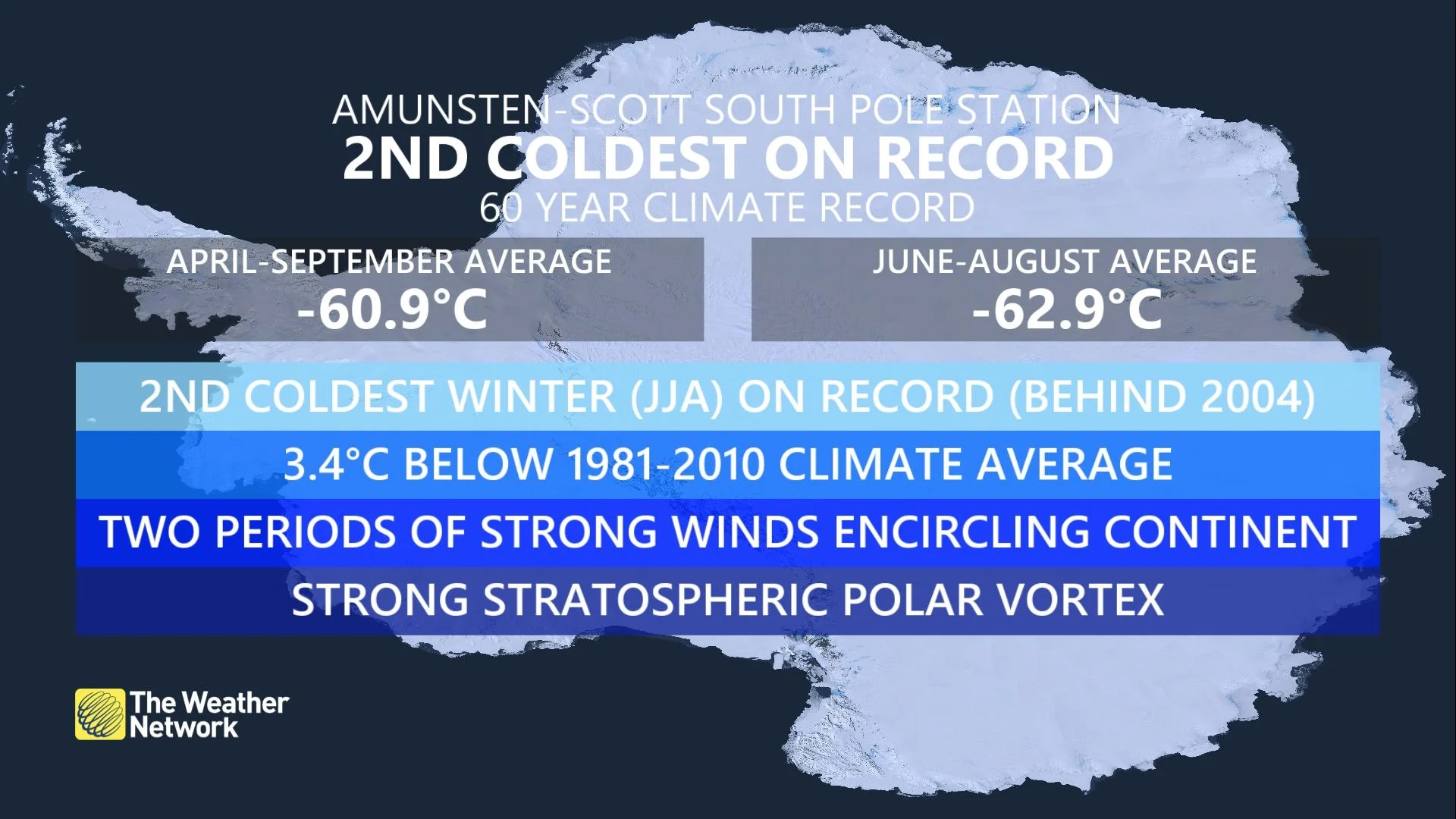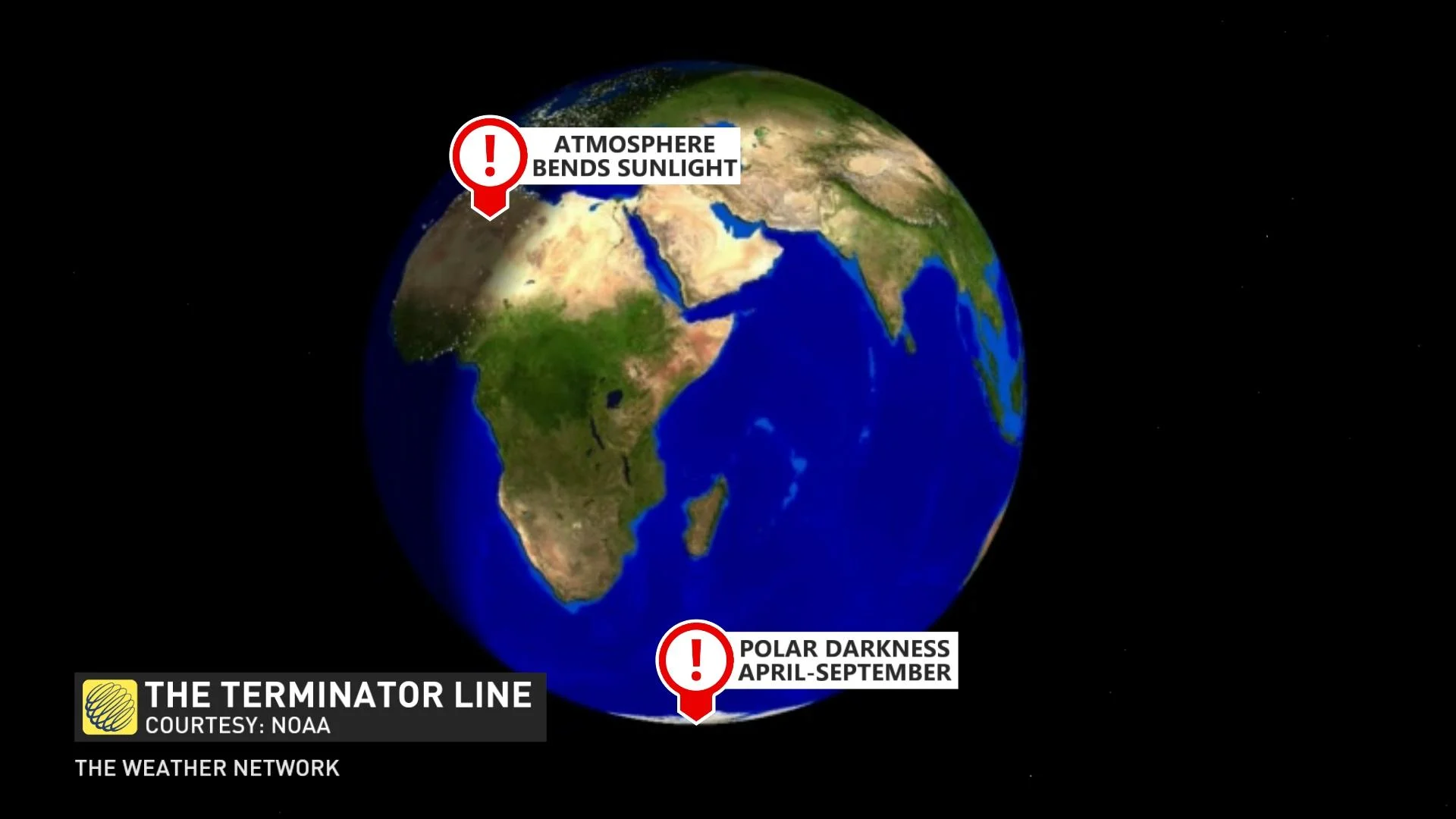
Coldest place on Earth just saw its second chilliest winter on record
The June-August average temperature of -62.9°C is Antarctica's second coldest winter ever, trailing only the 2004 season in the 60-year weather record at Amundsen-Scott South Pole Station.
Antarctica is well known for its frigid temperatures. In fact, it is the coldest continent on Earth, and a new report says it just experienced its second chilliest winter ever.
According to the National Snow and Ice Data Center (NSIDC), winter 2021 was among its coldest on record, with the temperature for June, July, and August 3.4°C lower than the 1981-2010 average, registering a median of -62.9°C.
SEE ALSO: Iceberg twice the size of Toronto breaks off of Antarctic ice shelf
The outcome means it is Antarctica's second coldest winter (June-July-August) ever, trailing only the 2004 season in the 60-year weather record at Amundsen-Scott South Pole Station.
During the polar darkness period -- from April through September -- the average temperature was -60.9°C, a new record for these months. This six-month stretch is also the darkest time at the South Pole, the origin of the polar darkness moniker (also called polar night). It is here the sun will dip below the horizon for a final time near the spring equinox, not rising again until close to the autumn equinox.

"The atmosphere actually bends the sunlight so we get a little bit more sunlight covering the planet than darkness by about 60 kilometres or so," said Tyler Hamilton, a meteorologist at The Weather Network.
MULTIPLE REASONS FOR THE COLD
The report attributed the abnormal cold to multiple culprits. The first were prolonged periods of stronger-than-average encompassing winds around the continent, which normally separate the ice sheet from warmer conditions.
"Two periods of strong winds encircling the continent really protected warm air from infiltrating the cold interior regions," said Hamilton.
In addition to winds as a factor in the cold, a potent upper-atmosphere polar vortex was observed, resulting in a significant ozone hole.

"The ozone hole appears to have peaked as of this post, with initial measurements reporting that it is in the upper quartile (top 25 per cent) of ozone reduction events since 1979," the NSIDC said.
Even during the austral summer months, temperatures never really get reach a warm value at the South Pole. The Amundsen-Scott South Pole Station, situated at an elevation of 2,835 metres, has an average monthly temperature in the austral summer of -28°C, according to the National Science Foundation (NSF).
In the austral winter, the average monthly temperature is -60°C.
Follow Nathan Howes on Twitter.






